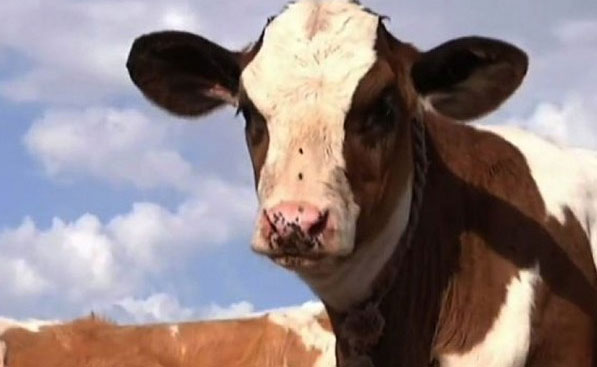Health and Welfare
Health and Welfare
Dairy Articles
An overview of the key Herd Management principles for Dairy Farmers
The more quickly a problem is addressed the smaller its impact. That’s certainly true on a dairy. Whether it’s a disease outbreak, feed issue or labor concern, a problem never goes away on its own—it only gets bigger.
Proper grouping plays a role in improving cow health, boosting production, raising income over feed costs and improving parlor efficiencies. Successful grouping strategies depend on suitable facilities, time to manage grouping decisions, adequate labor to execute them and resources to prepare and deliver multiple diets.
From the cow side, the logic behind the length of maintaining a voluntary wait period (VWP) is that after normal calving, cows require 30-40 days to complete normal uterine involution before they can be expected to be rebred. From that point on, her fertility will continue to increase as she works through negative energy balance
Bitterly cold temperatures, schools closing, and severe warnings to stay indoors, the polar vortex that parked over the Midwest between January 29th-31st, 2019 brought with it low temperatures that have not been seen in the region for decades.
Information generated by a cow sensor holds the promise of helping monitoring users manage herd health programs more efficiently. However, ensuring the success of a new sensor-driven program is not the product of chance. It’s the outcome of a systematic and structured process.
Many farmers are intrigued by electronic animal monitoring. They’ve heard that it “works,” but how will it work on their farm?
he dairy business is a business where problems don’t disappear, they only get bigger. Most, if not all, of health and reproduction issues are a symptom of an issue that occurred weeks or even months before.
For decades the scientific community has tried to answer the question “What plays a bigger role in determining the propensity for improved health and longevity, is it genetics or is it the environment?”
Maximizing a cow’s potential to make more milk is relatively simple: feed her well, bring her back to health when she gets sick, and make sure she’s comfortable. Do these three things right and she will respond with improved milk production in this lactation as well as improved reproductive performance to ensure another lactation, in time.

